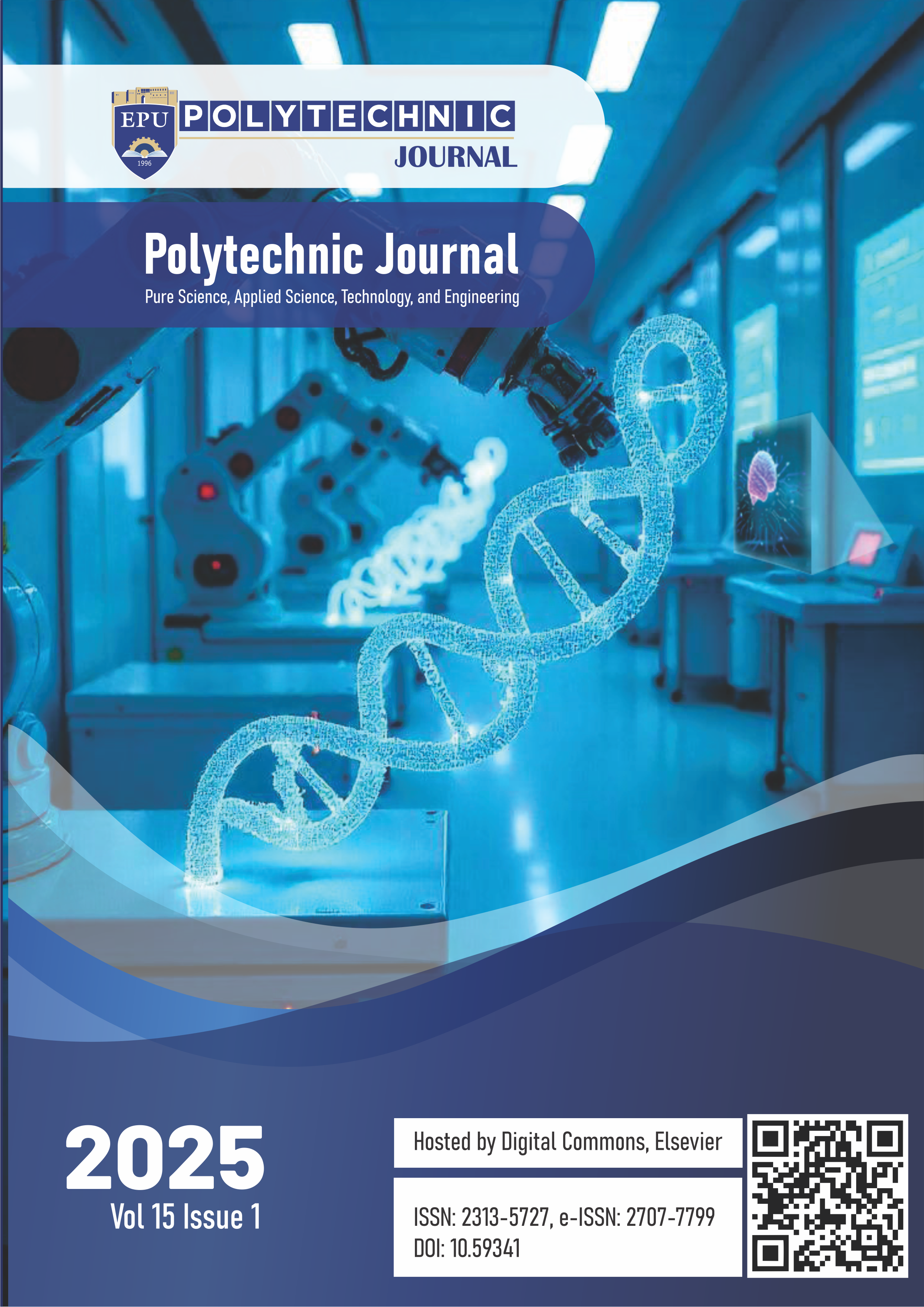An Optimized Model for Identification of Cerebral Palsy Using Deep Learning
Keywords:
Cerebral palsy classification, Functional MRI, Deep convolutional neural network, AlexNet architecture, Early diagnosis and rehabilitationAbstract
Cerebral palsy (CP), a neurological disorder that affects children and can occasionally result in cognitive problems as well as deficits in motor function can be caused by prenatal, perinatal, or postnatal factors. Each subtype of cerebral palsy (CP), such as spastic and non-spastic cerebral palsy, has distinct symptoms based on the location of the brain lesion and how it affects muscle tone. Individualized therapy and rehabilitation programs are necessary to treat these differences effectively. Therefore, early-stage CP categorization is crucial to ensuring timely and targeted treatment efforts. The functional magnetic resonance imaging (fMRI) of the infant's brain is a helpful technique for CP imaging and early detection. This research uses a deep convolutional neural network (CNN) based on a modified AlexNet architecture to classify CP subtypes using newborn fMRI data. The modified AlexNet architecture gives an accuracy 79.5 % which is better than the results obtained through GoogleNet, AlexNET and LeNet models. This methodology aims to assist healthcare providers in developing more targeted recuperation programs, which will ultimately improve the lives of affected teenagers.

